Virtual worlds metrics gurus, Kzero, have done some further hypothesising on the growth of the kids market for virtual worlds in the next year or two.
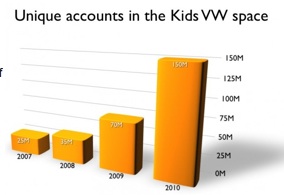
If the prediction of 110 million kids using virtual worlds by 2010 is close to the mark, even the most cynical corporates are going to start taking notice. Take Hello Kitty as an example. That one brand is likely to draw an enormous following if their latest trailer is anything to go by:
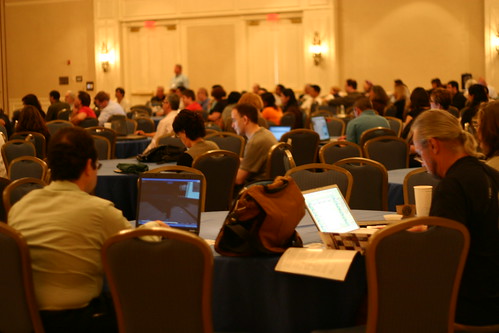
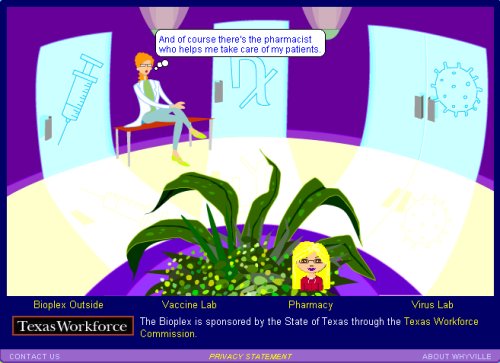

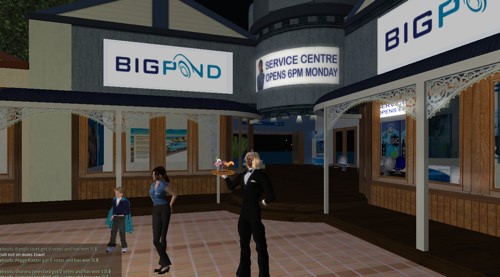

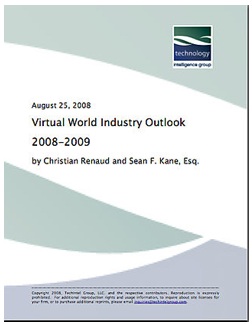
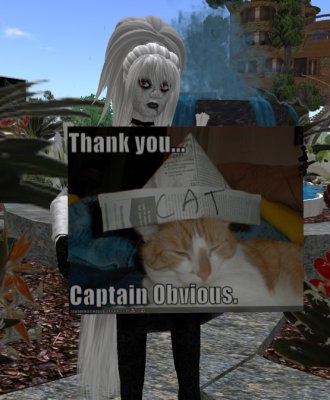

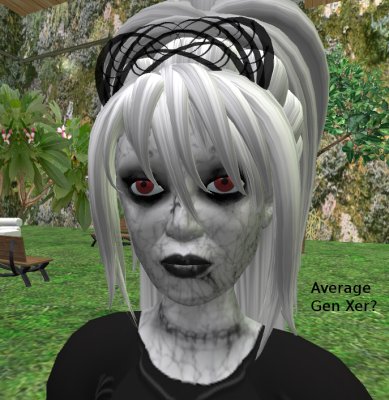
Recent Comments